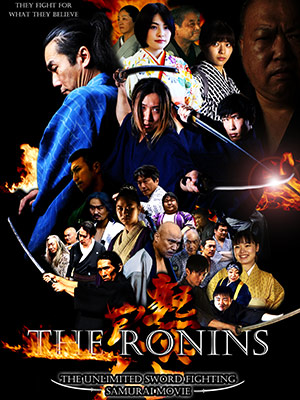An awe-inspiring temple in the holy area of Kumano, Seiganto-ji is widely known as the first temple of the thirty-three places of pilgrimage in western part of Japan which are sacred to Kannon, or the Goddess of Mercy. According to a legend, in the reign of Emperor Nintoku( the 4th century) a holy priest named Ragyo came from India and when he was practicing asceticism under the Great Falls of Nachi, he found a small image of Kannon at the basin of the waterfall. Building a thatched cottage near the waterfall, he enshrined the image of Kannon in it. This is the origin of Seiganto-ji. Then in the reign of Emperor Suiko, a holy priest named Shobusu caved a large image of Kannon which was about 4 meters in height and set in its chest the small image of Kannon found by Ragyo, and proper sanctuary was constructed to enshrine the large image. In 988, the retired Emperor, Kazan, who visited this temple, was deeply moved by it and designated it as the first
place of the thirty-three places of pilgrimages sacred to Kannon.
Cultural Assets of Nachisan Seiganto-ji Temple
The present main building of the temple was reconstructed in 1590 by Toyotomi Hideyoshi, after the temple had been reduced to ashes by an ambitious warlord named Oda Nobunaga. Not only the main building but also some Buddhist images of the temple are designated as the important cultural assets. Those images were excavated in 1918 at a sutra mound near the approach to the Great Falls of Nachi. In addition, other objects as such as cylindrical cases for sutras, mirrors and Buddhist altar fittings were unearthed there. They attest to the long history of the temple. Rising 25 meters, a three-stories pagoda is seem almost halfway between the main building of the temple and the Great falls of Nachi. It was reconstructed in 1972, some 300 years after the former pagoda had been destroyed by fire. The pagoda affords a really picturesque view of the waterfall, for nothing interrupts the view from there.
Title of UNESCO
"Sacred Sites and Pilgrimage Routes in the Kii Mountain Range."
Official Web: http://www2.ocn.ne.jp/~sanzan/NTTcontents/seigan/






